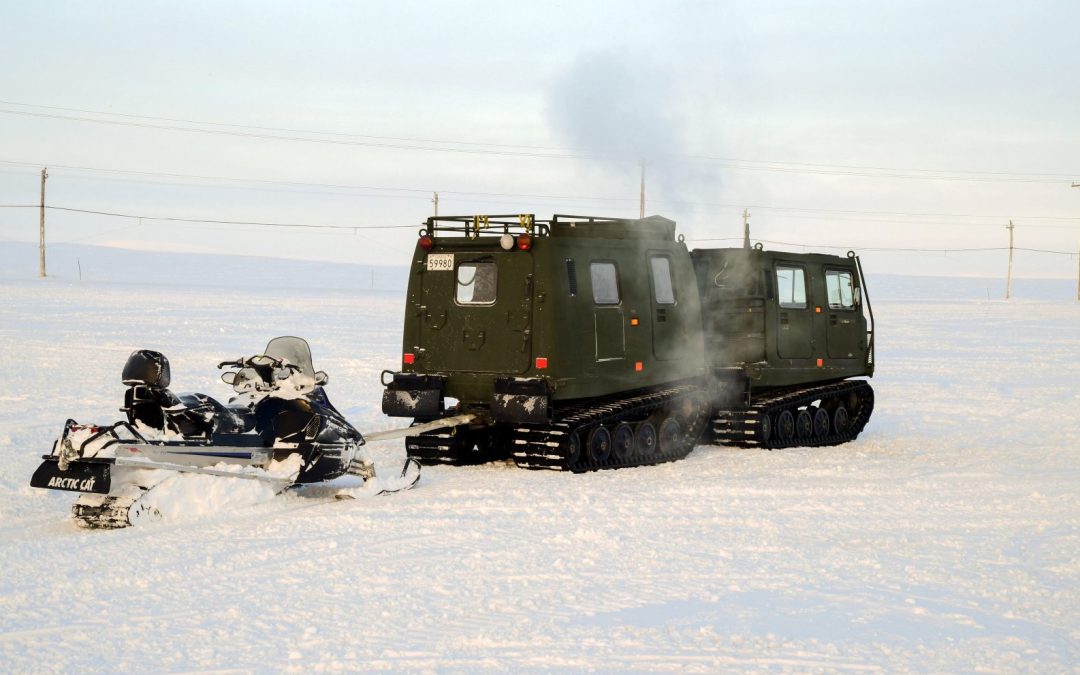by Ian Coutts
When Canadian Army Today last checked in on the Domestic Arctic Mobility Enhancement (DAME) project in 2021, we likened it to a muskox. That implacable Arctic beast that, whatever the conditions, keeps plodding forward seemed a good stand-in for a project that kept advancing, however slowly. Two years on, the analogy remains apt, even if, by its own stately standards, it isn’t advancing quite as quickly as everyone might have hoped.
The DAME project is seeking a replacement for the BV 206 tracked vehicle, the Army’s current workhorse for use in the High Arctic. First purchased in the 1980s, the vehicle is now well past its best-before date. The Army was initially looking at 100 vehicles, in four separate configurations — command post, standard troop carrier, cargo and equipment version and ambulance.
Whatever vehicle was chosen would be able to cope with the Arctic’s distances, terrain and brutal weather, meaning it could take on a number of roles. These included obvious jobs, such as sovereignty and presence operations, essentially showing the flag, as well as more niche ones — search and rescue and, potentially, employment in a major air disaster in the Arctic.
The DAME contract was to be awarded by 2025. By 2019, the project team appeared to have bettered that initial milestone — delivery would begin by 2025, with the contract awarded earlier. By 2021, however, the release of a request for proposals (RFP) and the delivery date had slipped, due in large part to COVID.
In June 2023, the Army issued a request for information (RFI), intended to elicit responses from industry by September 2023. The project team is now projecting an RFP by 2026, with the contract awarded in 2027. The first of the BV 206’s replacements would be operational in 2029, about four years later than the initial estimate, and the Army anticipates full operational capacity by 2030.
There have been few changes to the high-level mandatory requirements since 2021. However, the number of vehicles the Army is now seeking has increased from between 111 and 153, to 130 to 170, a reflection of expanding operations across the High North.
Previously, the Army reported that there were several companies interested in putting forward bids for the project. Recent industry interest in the RFI suggests that is still the case.


